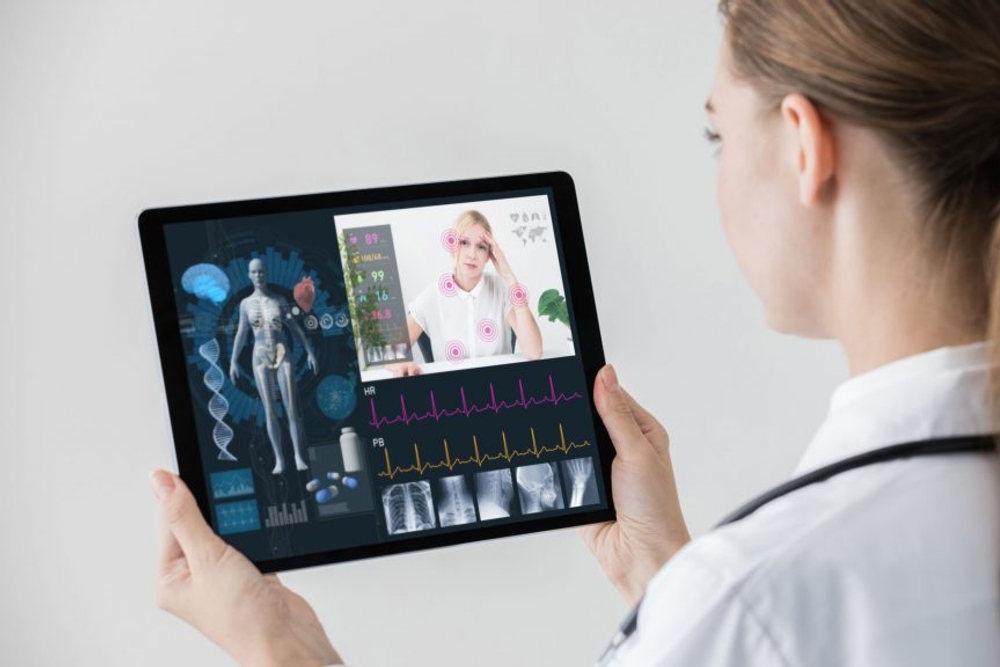What is Digital Preventive Healthcare?
Firstly, before delving into the preventive side, we must first understand what digital health technologies encompass. These modern technological tools include information technology and electronic communication tools such as smartphones, tablets, Internet, etc.
With the goal to increase the efficiency of healthcare services and to connect healthcare professionals, these tools consist of, among others, mHealth, wearables, telehealth, health information technology, and cloud machine learning.
Now, to dive into digital preventive healthcare, we use these technologies to:
- Prevent and reduce incidence of diseases
- Prevent emergence of risk factors
- Increase potential survival rates
- Halt disease progression
Through patient-centered care models and preventive medicine, digital tools can help medical professionals diagnose early, reduce costs, enhance efficiency and quality of care and ultimately promote better health outcomes.
Technological Tools for Preventive Medicine
A topic less associated with digital preventive medicine is suicide. According to the World Health Organization, 1.5 million suicide anticipations are projected by 2020. This statistic clearly demands preventive measures.
Currently, there are digital tools that can be used to prevent death by suicide including wearables, smartphone applications and other similar technology. Incorporating cloud machine learning platforms and mHealth tools can help healthcare professionals gather valuable data by using remote monitoring and cloud machine learning. Electronic Health Records (EHR) are also a great source of information when it comes to patient history and potential suicide attempts.
Through such technology, healthcare professionals are better equipped to identify risk factors, make mental health predictions and assign appropriate monitoring or prescriptions.
Another great use of digital tools for preventive medicine is for identifying early dementia. As Alzheimer’s disease, a form of dementia, is one of the leading causes of death in the U.S., leveraging tools to detect such diseases early has become imperative.
However, it remains a challenge. Currently, diagnostic technology can possibly catch the condition as early as years before the symptoms become apparent through existing MRI scans, but further development is necessary.
As another digital preventive means, patient portals are technological tools that encourage patients to participate in their own preventive care. This technology empowers patients through access to:
- Their health data
- Valuable resources
- Educational tools
- Secure messaging with their healthcare team
This digital cloud software, accessible 24/7, allows patients to become more involved in their health journey, positively affecting the shift towards preventive medicine.
In short, digital preventive healthcare has the possibility of improving health outcomes, empowering patients, and even preventing death. As a result, more and more investments are being made in these types of technology. In fact, according to a Report Linker analysis, preventive healthcare technology is predicted to be a $432 billion market by 2024!

